When caring physicians, nurses and health care professionals place medical supplies in a back pack and hit the streets to serve the homeless population, it is referred to as “street medicine,” and communities throughout the world are experiencing the benefits.
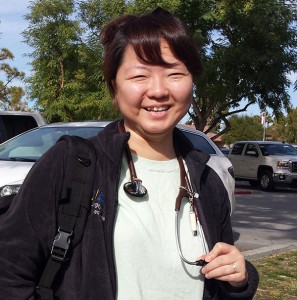
UCR Medical School residents hit the streets to help the homeless.
There has been much talk about starting a street medicine program in the Coachella Valley and now, thanks to the UCR School of Medicine Residency Program, that effort is taking shape.
On Christmas Eve last year, physicians from the teaching school and Desert Regional Medical Center launched the program with care package distribution in Palm Springs Sunrise Park. Totes filled with hooded sweatshirts, socks, refillable water bottles, lip balm, and toothbrushes with toothpaste were distributed with medical kits on hand to provide care to those who wanted it.
Every two weeks, a team of five – one attending physician, one resident physician, a nurse, a social worker and a security person/guide – will visit various areas in the Coachella Valley seeking out homeless persons who may need onsite medical care. The guides are volunteers from the community who have interacted with the homeless and can help identify those who may need medical help. The residency program is working with local social service agencies and charitable organizations to grow the program and reach vulnerable populations in need.
Many resident physicians at Desert Regional were attracted to the program because of its stated commitment to outreach programs such as street medicine, said program director Gemma Kim, M.D. Four of this year’s residents, who are helping to coordinate the street medicine program, have prior experience with either street medicine or medical and social service outreach programs in underserved communities and overseas.
According to advice from innovators in the field, they are off to a great start. But what does it take for such a program to succeed?
This January, Desert Health® sat down with two of the industry’s pioneers, Jim Withers, M.D., of the Street Medicine Institute, and Jim O’Connell, M.D., of Boston Health Care for the Homeless Program, who came to the desert to speak on the value of these programs in helping this population get back into working society. With the help of Noemi (Mimi) Doohan, M.D., Ph.D., who consulted with UCR on their program before relocating, the presentation was organized by Rosa Lucas, N.P., and Greg Wagoner, M.D., of the newly formed Coachella Valley Street Medicine.
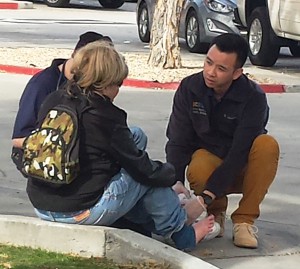
Backpacks contain medical supplies for onsite care.
Dr. Withers, a CNN Hero recipient, founded Operation Safety Net in Pittsburgh, one of the first full-time, comprehensive medical services of its kind for the unsheltered homeless which has been recognized internationally and is being replicated or studied by cities throughout the world. In 2005, he established the annual International Street Medicine Symposium and in 2009 created the Street Medicine Institute to focus on helping communities establish street medicine programs, improve existing practice, and create a student fellowship in Street Medicine. Their network includes 100 communities throughout the world (50 in the states) with partners on all six continents. Dr. Withers also holds the position of assistant clinical professor at the School of Medicine at the University of Pittsburgh.
Dr. O’Connell founded the Boston Health Care for the Homeless Program in 1985 with a 25-bed facility. Today, he still runs the now 104-bed operation and has been the leader of the street medicine program in Boston for 30 years with teams on the street both day and night. He is also an assistant professor of medicine at Harvard Medical School, and his numerous recognitions include the 2012 Albert Schweitzer Humanitarian Award.
In speaking with these acclaimed physicians, we wanted to know why the community should care about and support these programs, and what it takes to be successful.
DH: Tell us how street medicine benefits the entire community.
Withers: Street medicine is a very vivid example of how to engage numerous populations, and when it is combined with medical education, it becomes really very powerful to help us reinvent and rediscover how health care should be delivered. This is still a grass root effort that is championed by individuals, but it falls largely outside of organized health care although it greatly benefits health systems. The people we help get to a better place are currently costing the health care system an enormous amount of money.
One of the challenges is that the people we work with are stigmatized as a problem versus being people, and it is often a hard cause for people to support. Funding tends to go to people who are doing “good” versus those considered “the bad pool.” Many think you are contributing to the problem by working with them, but we have gotten 1,300 people off the street through our program in Pittsburgh.
DH: Is there one specific model you have found that is most successful?
Withers: There are different stakeholders and different champions in every community, but we are all invested in this vision that everyone matters and that we have to try and respond to those who are suffering the most. Street care programs may start from very different places, but when programs reach a higher level of development, you can then look at the similar components: a multi-disciplinary team that goes out on a regular basis to serve the homeless, advocates who can help people navigate the health system and insurance, severe weather shelters, and respite care for those who leave the hospital.
DH: How important is it that the community comes together around this effort?
Withers: My experience is that it is good to have the partnerships to recognize and connect, but you really need a small core group that is going to continue to walk – and to keep walking. Once you have that element, then the streets will teach you what you need and then you can make connections with all the entities.
O’Connell: You have to be integrated into the community and connected to all the services. Having the hospital(s) and medical students involved is really an important part as well; the trick is blending those two.
DH: What are some of the biggest challenges?
Withers: The biggest challenge in working with this population is that when you look inside, you realize that while the services are there [within a community], they are not always accessible to this population due to regulations and structure. And then there is the hopelessness, and these people simply need someone to be with them to help them reclaim their own lives. It doesn’t sound like much, but it’s simply knowing that someone has your back, even if you are not particularly likeable right now. If you care about these people, you are truly motivated to see this work.
DH: Who is best suited for this type of work?
Withers: Whoever it is that cares. It’s good to start with someone who knows the street and has already earned the trust of those people. It is also important to have someone who is culturally competent. You can gain cultural competence over time, but it is really important to have the ethos as part of the outreach program. Then it takes a village. You need a social worker, a mental health professional, and a peer that can say ‘don’t give up.’
Usually you need a physician champion, someone that, even if they don’t go out into the streets, can champion the cause and represent it to the medical community. They become an influence person to the medical community and the people you are serving. This happened to me when the street folks learned that I was an attending physician at the teaching hospital and I was also the guy that spent time with them. That really meant a lot. And then when they see us in the hospital, they see that we are there with them and it changes their whole demeanor. They want to give you a hug and are so thankful you are there. You become the one who can humanize that person to the medical staff – and to humanize the medical staff to that person.
You also are able to inform the medical staff of the condition to which that person is returning, so they can recommend realistic discharge instructions which I am convinced decreases the length of hospital stay as well as the re-hospitalization, so it’s a win-win.
O’Connell: I don’t know the answer to that, but I do know that you definitely get bitten by the bug once you do it. It is not for everyone. I think one of the reasons I was bitten was because it is a complicated puzzle to figure out in putting all of the elements and people together. But then, as you get to know the people you are caring for, if you are going to change, that is when you change. You begin to realize that these are people who are going through a very difficult time, but you learn that they are acting much more courageously than meets the eye and you become involved in “how can I do better in caring for someone in that situation.”
Withers: Standardly, we [doctors] are part of a large organization that patients are privileged to visit through insurance or good behavior, and so there is this buffer and those are the rules. You change the rules when you go out and just bring yourself to the table. You have to figure out how to become humble and to connect, to be accepted. Then you also have to figure out how to become a part of this community. I feel it is like a mirror image with those we care for, because for them to connect with us requires them to relinquish some of the survival thinking that has kept them alive, and that is not trivial.
DH: What are the most important lessons you can pass on to our local street medicine teams?
Withers: The lesson that we continually learn is usually local. The first day I went out dressed down and a homeless man said to me, ‘Do you want to go to a doctor that dresses like you?’ So we decided we needed to dress just as we would in the hospital, but without the white coat.
O’Connell: Of course, you want all the volunteers you can get, medical or non-medical, so when we started the program, I rallied all my friends. In Boston, when the homeless found out about a grant from the mayor, they actually got together with a law firm and created a document that said if they were going to go along with this, it would have to be based on social justice and not on charity, and thus we couldn’t use volunteers (because volunteers reeked of charity) – only medical staff to treat, just like the rest of us would expect.
Withers: There is a lot of dignity that has been lost in the dichotomy between the us and the them. There are a lot of practical things you can do to help someone’s frostbite, but the deeper thing is how do we become brothers and sisters that are invested in each other? We bring skills, but they bring street knowledge and resiliency, and together we can solve problems.
O’Connell: The streets will tell you what you need to know. First and foremost, we need to listen.
The UCR street medicine program is seeking volunteers and partners who wish to help in the effort, especially physicians, nurses and social workers who can bring their expertise to people in need. For more information, call the UCR Health Family Medicine Clinic at (760) 561.7327. For more information on Coachella Valley Street Medicine, contact Rosa Lucas at [email protected].
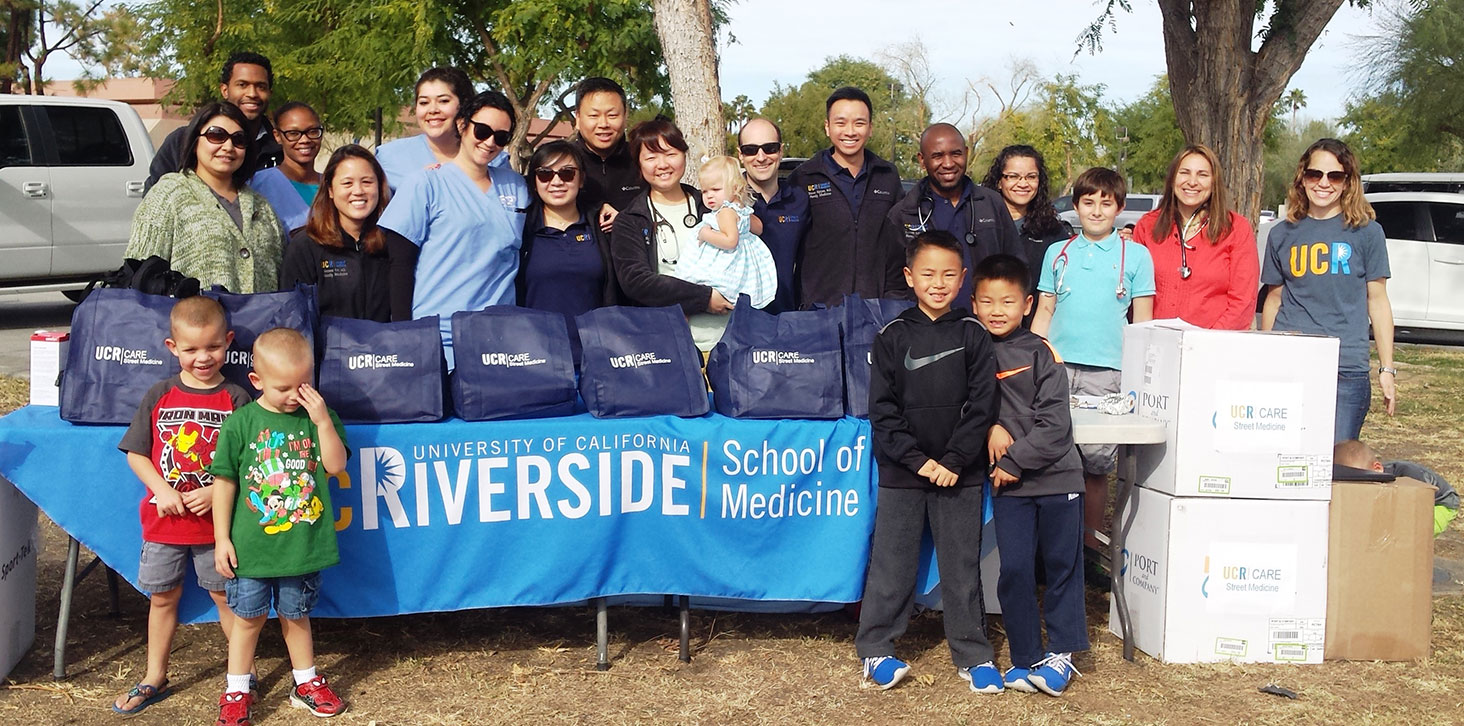















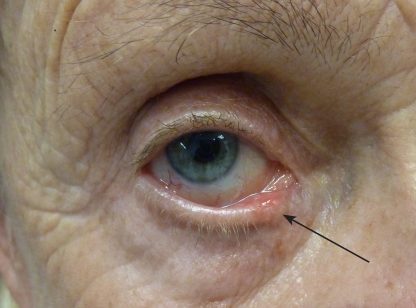
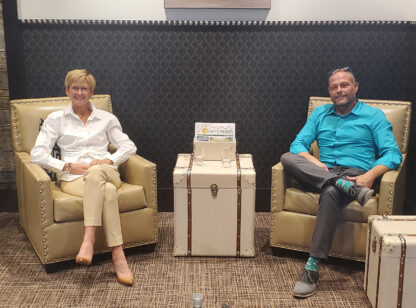































Comments (0)